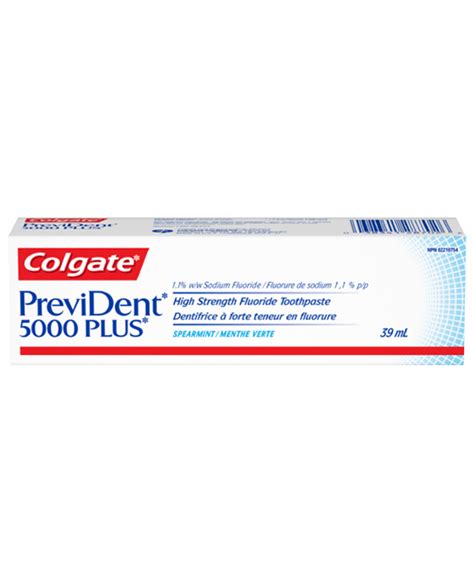What Are Gerd Friendly Breakfasts? Easy Meal Ideas

For individuals dealing with Gastroesophageal Reflux Disease (GERD), managing symptoms often begins with dietary adjustments. One of the most critical meals of the day is breakfast, as it sets the tone for how the body will react throughout the day. GERD-friendly breakfasts are designed to minimize discomfort and reduce the likelihood of acid reflux, allowing for a smoother start to the day. Here’s a comprehensive guide to understanding what constitutes a GERD-friendly breakfast, along with some easy and delicious meal ideas.
Understanding GERD
Before diving into meal ideas, it’s essential to have a basic understanding of GERD. GERD occurs when stomach acid frequently flows back into the tube connecting your mouth and stomach (esophagus). This backwash (acid reflux) can irritate the lining of your esophagus, causing discomfort. Although GERD can be a chronic condition, several lifestyle changes, including dietary adjustments, can help manage its symptoms.
Principles of GERD-Friendly Diets
A GERD-friendly diet is focused on reducing symptoms of acid reflux. The key principles include:
- Avoiding Trigger Foods: Some foods can trigger acid reflux by relaxing the lower esophageal sphincter (LES), increasing the pressure on the stomach, or directly irritating the esophagus. Common trigger foods include citrus fruits, tomatoes, chocolate, spicy foods, and fatty or fried foods.
- Choosing Gentle Foods: Opt for foods that are less likely to cause irritation or trigger reflux. These often include foods that are low in fat, high in fiber, and not too spicy or acidic.
- Eating Smaller, More Frequent Meals: Reducing the size of meals can lower the pressure on the LES and decrease the risk of reflux.
- Avoiding Late-Night Eating: Giving your body at least 2-3 hours to digest food before lying down can significantly reduce nighttime reflux symptoms.
GERD-Friendly Breakfast Ideas
Oatmeal with Banana and Honey: Oatmeal is a low-fat, high-fiber food that can help keep you full and is gentle on the stomach. Adding mashed banana can provide essential vitamins and minerals without causing irritation, while a drizzle of honey offers sweetness without the acidity of other sweeteners.
Whole Grain Toast with Avocado: Avocado is a low-acid fruit that’s also high in healthy fats. When paired with whole-grain toast, it provides a nutrient-rich breakfast that’s gentle on the stomach. The healthy fats in avocado can also help keep you feeling fuller for longer.
Ginger and Berry Smoothie: Ginger has natural anti-inflammatory properties that can help soothe the digestive system. Combining it with low-acid berries like blueberries or strawberries and a non-dairy milk (almond or coconut milk) creates a smoothie that’s both refreshing and gentle on the stomach.
Scrambled Eggs with Spinach: Eggs are a low-fat protein source that can be easily digested. Adding spinach, which is low in calories and rich in fiber, can help reduce the risk of reflux without causing discomfort.
Yogurt with Melon: Plain, non-fat yogurt is a good source of protein and can help stabilize the digestive system. Melons like watermelon or cantaloupe are low in acid and high in water content, making them a refreshing and safe choice for a GERD-friendly breakfast.
Conclusion
Managing GERD symptoms through dietary changes requires patience and experimentation. What works for one person may not work for another, so it’s crucial to keep a food diary and track how different foods affect your symptoms. By focusing on low-fat, high-fiber foods and avoiding common triggers, individuals with GERD can enjoy a variety of delicious breakfast options without exacerbating their condition. Remember, it’s not just about the food; eating habits, portion sizes, and the timing of meals also play significant roles in managing GERD symptoms.
What are some common foods to avoid for GERD symptoms?
+Common trigger foods for GERD include citrus fruits, tomatoes, chocolate, spicy foods, and fatty or fried foods. These can relax the lower esophageal sphincter, increase stomach pressure, or directly irritate the esophagus, leading to acid reflux.
How can GERD symptoms be managed through diet?
+Managing GERD symptoms through diet involves avoiding trigger foods, choosing gentle, low-fat, high-fiber foods, eating smaller, more frequent meals, and avoiding late-night eating. Keeping a food diary can help identify personal triggers and develop a tailored diet plan.
Are there any specific breakfast foods that are beneficial for individuals with GERD?
+Oatmeal, whole grains, lean proteins like eggs, and low-acid fruits are beneficial for individuals with GERD. These foods are less likely to trigger acid reflux and can provide essential nutrients without causing discomfort.
Incorporating these principles and meal ideas into your daily routine can significantly improve the management of GERD symptoms, allowing for a healthier and more comfortable start to the day. Always consult with a healthcare professional or a registered dietitian for personalized dietary advice, as individual responses to foods can vary greatly.

